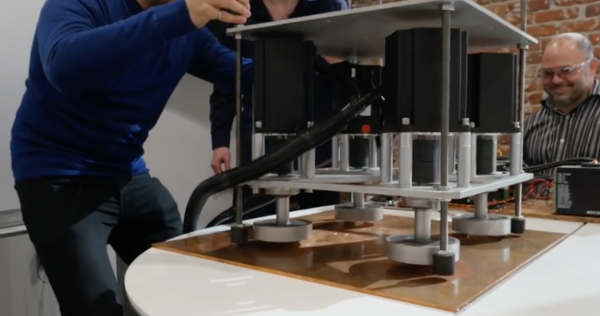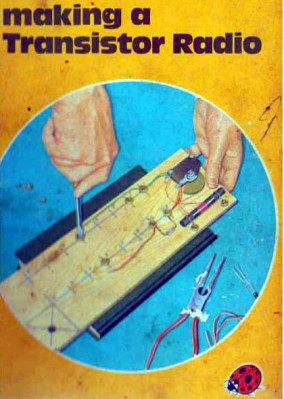Most of our readers are already going to be familiar with how electromagnets work — a current is induced (usually with a coil) in a ferrous core, and that current aligns the magnetic domains present in the core. Normally those domains are aligned randomly in such a way that no cumulative force is generated. But, when the electric field created by the coil aligns them a net force is created, and the core becomes a magnet.
As you’d expect, this is an extremely useful concept, and electromagnets are used in everything from electric motors, to particle accelerators, to Beats by Dre headphones. Another use that you’re probably familiar with from your high school physics class is levitation. When two magnets are oriented with the same pole towards each other, they repel instead of attract. The same principle applies to electromagnets, so that an object can be levitated using good ol’ electricity.
That, however, isn’t the only way to levitate something using magnets. As shown in the video below, permanent magnets can be used to induce a current in conductive material, which in turn exerts a magnetic field. The permanent magnets induce that current simply by moving — in this case on rotors spun by electric motors. If the conductive material is placed below the magnets (like in the video), it will push back and you’ve got levitation.





 So given a disaffection with the ubiquity of Nixies you might think that no Nixie project could rekindle that excitement. That might have been true, until the videos below the break came our way. [Tobias Bartusch] has made his own Nixie tube, and instead of numerals it contains
So given a disaffection with the ubiquity of Nixies you might think that no Nixie project could rekindle that excitement. That might have been true, until the videos below the break came our way. [Tobias Bartusch] has made his own Nixie tube, and instead of numerals it contains 









